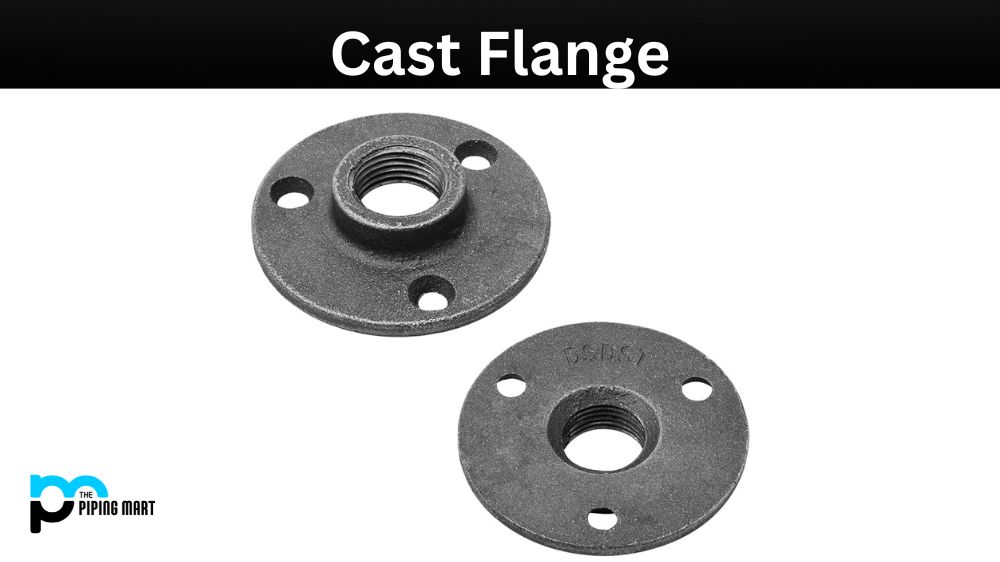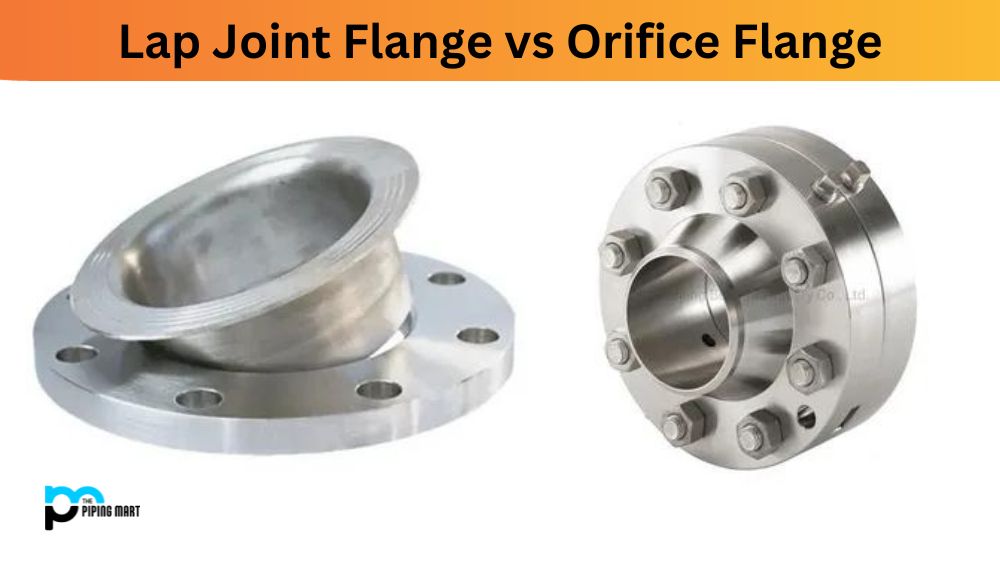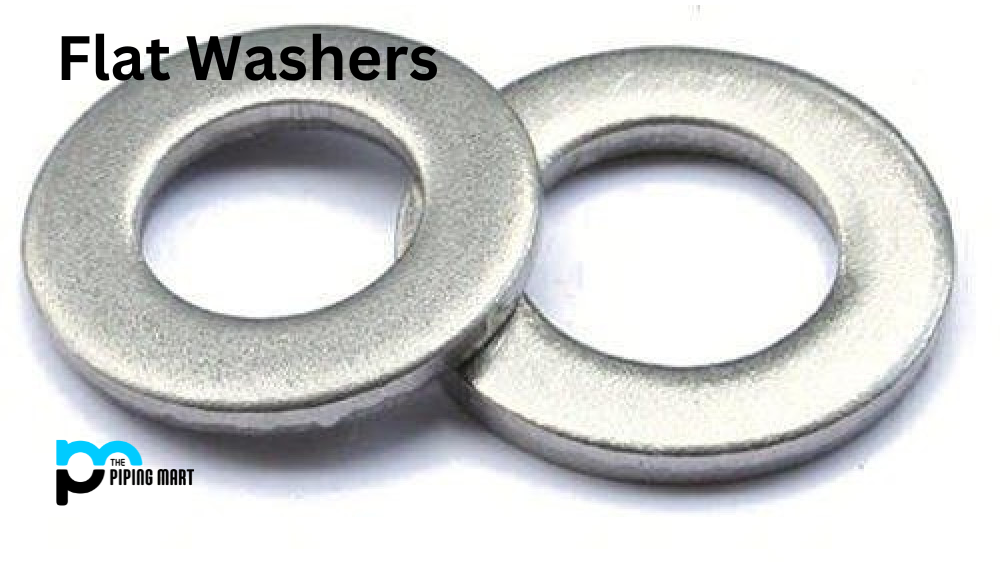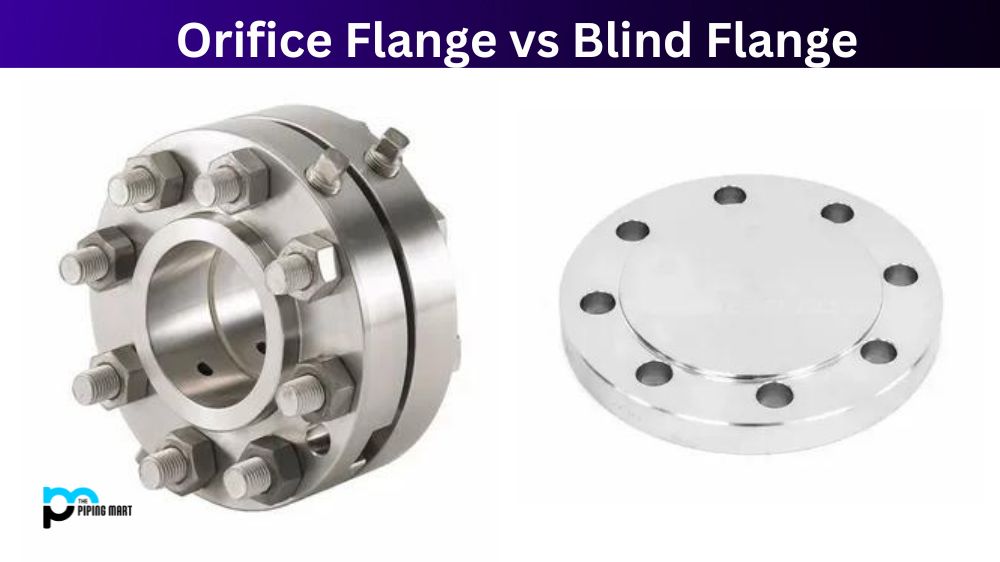Flanges are essential in various industrial applications, including pipelines, chemical plants, petroleum installations, etc. A flange is a forged or cast ring or collar used to connect pipes, valves, pumps, and other equipment that require joint connections. Cast flanges are widely used because they are cost-effective because they can withstand pressure and temperature. They come in different sizes, shapes, and classifications to suit different specifications in various industries. In this blog post, we will explore the different types of cast flanges and their uses in industrial applications.
Weld Neck Flange:
This type is commonly used in high-pressure applications, including high temperature, shock, and vibration. They have a long tapered hub and a flange that connects to the pipe. The long hub reduces stress at the base of the flange, making it highly resistant to water hammer, thermal fatigue, and corrosion. Weld Neck Flanges are installed by welding the pipe to the neck, making them suitable for applications that require frequent assembly and disassembly.
Blind Flange:
As the name suggests, a blind flange is a blank ring that covers the end of a pipe. They are commonly used at the end of a pipeline that requires a temporary or permanent seal. Blind flanges are ideal for applications where the piping system requires pressure testing before being commissioned. These flanges prevent the flow of fluid through the pipe and prevent contamination of the pipeline during testing.
Slip-On Flange:
A Slip-On flange has a low hub that slips onto the pipe before welding. It is a popular flange for applications that require easy installation and frequent maintenance. Slip-On flanges are commonly used in low-pressure applications, including water, steam, and gasoline. They are less expensive than other flanges and are available in different schedules to suit different wall thicknesses of pipes.
Socket Weld Flange:
This type of flange has a socket that connects to the pipe to provide a smooth flow of fluids. Socket Weld Flanges are commonly used in high-temperature and high-pressure applications that require a strong, durable, and reliable joint. The socket weld design reduces the risk of fluid leakage, making them ideal for steam and gas applications. Socket Weld Flanges require a perfect fit between the pipe and the socket; hence, precise welding is needed to achieve a leak-proof joint.
Threaded Flange:
This type of flange has internal threads connecting to the pipe’s external threads. Threaded Flanges are commonly used in low-pressure applications that require easy assembly and disassembly. They are suitable for low-temperature water, gas, and steam applications. Threaded Flanges are easy to install and do not require welding, making them ideal for quick repairs and maintenance.
Conclusion:
Different types of cast flanges are available, and each one provides unique benefits in industrial applications. The choice of flange depends on the application requirements, including pressure, temperature, and fluid type. Weld Neck Flanges, Blind Flanges, Slip-On Flanges, Socket Weld Flanges, and Threaded Flanges are commonly used flanges in various industries. At Castech, we supply quality cast flanges that meet the most stringent industry standards. Contact us for expert advice and quality cast flanges for all your industrial applications.

Pipingmart is a B2B portal that specializes in metal, industrial and piping items. Additionally, we share the latest information and information about materials, products and various types of grades to assist businesses that are involved in this business.




